Superfoods for Winter
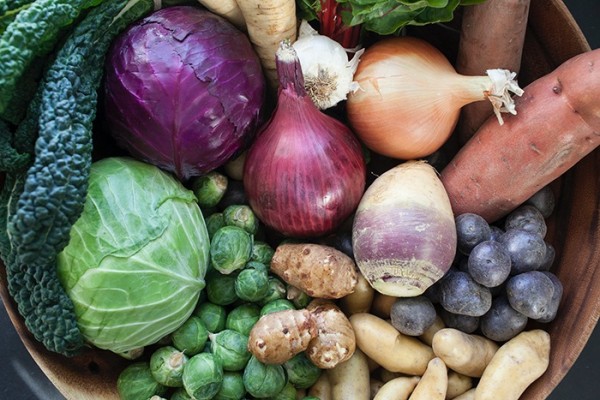
Superfoods don’t have to be obscure and shipped from exotic lands to deliver super nutrients. Some of them are right under your nose as you peruse the produce aisles of your favorite grocery store. Winter’s superfoods are grounding, just like the root vegetables that define the season. And they often need to be cooked, a good thing, since you crave warmth and nourishment right now.
Check out my favorite winter superfoods and why you need to incorporate them into your diet:
Cabbage
Cabbage is high in vitamin C, which is beneficial for immune support, and vitamin K, vitamin B6, manganese, potassium, fiber, and antioxidants such as polyphenols. The nutrients in cabbage are at their highest when you eat it raw or lightly cooked, and preserved when cabbage is fermented, or made into sauerkraut. I love cabbage in vegetable soups for a hearty fiber-rich stock. For even more antioxidant power, try red cabbage.
Sweet potato
This delicious sweet and starchy vegetable tastes like a guilty pleasure, but it’s actually a queen among superfoods. It contains high levels of carotenoids, which your body needs to make vitamin A; one medium sweet potato provides the daily vitamin A requirement for children (my son grew up eating these). Sweet potatoes are also high in vitamin C, manganese, copper, vitamin B6, and potassium. The fiber in the sweet potatoes helps keep your blood sugar from spiking, so if you have blood sugar issues, choose these over white potatoes. To get the most from the carotenoids in sweet potatoes, enjoy them with a small amount of fat (extra-virgin olive oil or grass-fed butter, anyone?). The fat helps you absorb the carotenoids. Try sweet potato fries too!
Beets
Beets contain potassium, magnesium, phosphorus, iron, and vitamins A, B, and C. They’re also high in beta carotene, beta cyanine, folic acid, and lots of fiber. They’re cleansing to the liver and work to purify the blood. Naturally sweet, beets are delicious roasted, pickled, or shredded raw in salads. These gorgeous red beauties can stain your urine pink, a sign that your stomach acid is nice and low. Try yellow or orange beets, too, for a variety of phytonutrients. I just made this Brown Rice and Beet Risotto last week. It’s a perfect winter choice.
Collard greens
If you live in the South, you know what a collard green is, and it might be part of your daily cuisine. This super dark leafy green is high in vitamins A, C, and K, plus it has lots of B vitamins, calcium, manganese, iron, and even a nice shot of protein. Collards are perfect for winter, because this hearty leaf needs to cook longer. They’re delicious sautéed with onions and garlic, or added to stews or soups. Try using a large raw collard leaf as a wrap, and filling it with your favorite dip and sprouts for a healthy lunch. I love collards wrapped around my Pink Nut Pate, or Cauliflower Hummus.
Persimmon
My grandfather grew persimmons, so I learned to love them at an early age. They deserve superfood status thanks to high amounts of vitamins C and A, as well as beta carotene and heart-healthy lycopene. Persimmons also contain manganese, iron, and calcium. You can eat this fruit raw, but be sure that it’s completely ripe—unripe persimmons are bitter and leave a fuzzy taste on your tongue–ew! A good test for ripeness: Tug gently on the green stem. If it pops off easily, the fruit is ripe. Try persimmons as a fresh fruit, in a smoothie, and in salads. You can freeze slices of ripe persimmon to use in your smoothies too.
Want to hear me talk about superfoods live? Join me this month at the gorgeous Salamander Resort and Spa, in Middleburg, VA. I’ll be there with celebrity trainers Mark Jenkins and Nadia Bey to help you get ready for Spring!
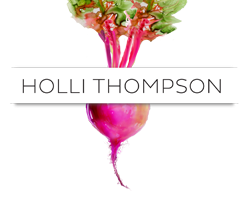
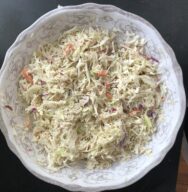
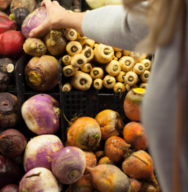
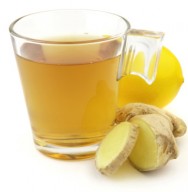

Holli Thompson | Persimmon Cashew Smoothie / 2.11.2014
[…] earned a spot on my Winter Superfoods list, for good reason. They’re high in vitamins C and A, as well as beta carotene and […]